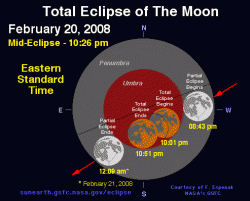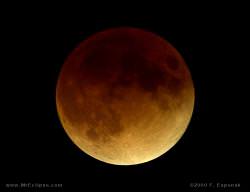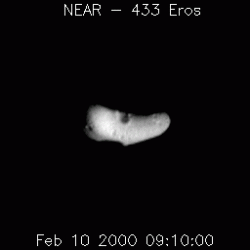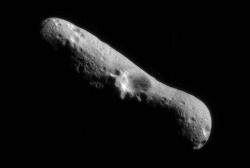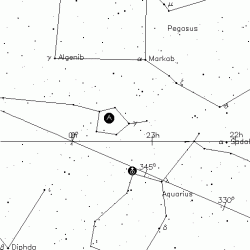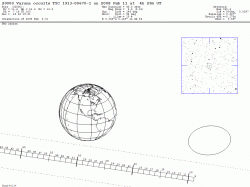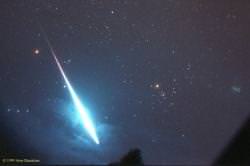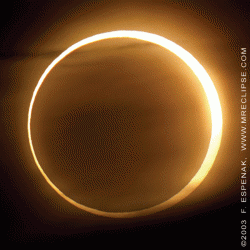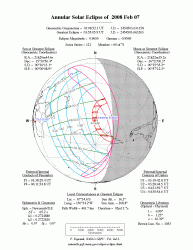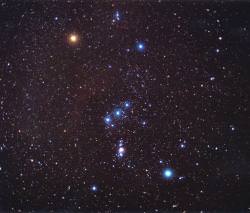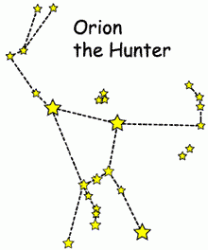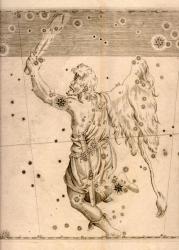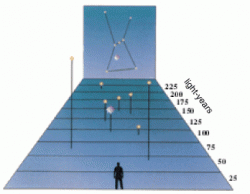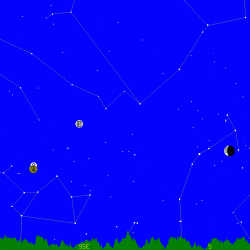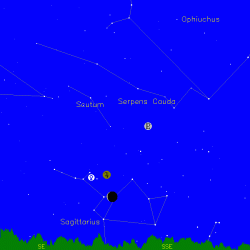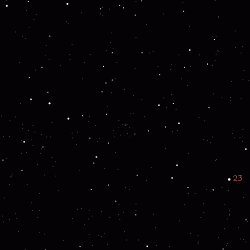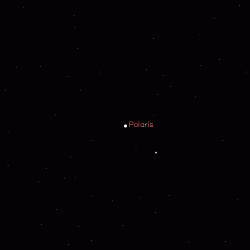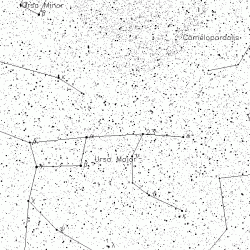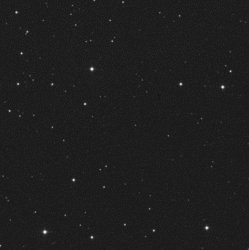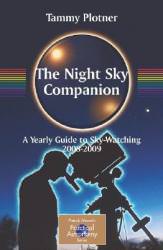From beginning to end, the February 20/21 lunar eclipse lasts about three hours and twenty-six minutes and we’re down to less than 72 hours to prepare. While that seems like plenty of time, photographers will want to note that Saturn will be joining the eclipse show as well!
Although the separation will vary slightly with the observer’s position on Earth, for most of us the bright, yellowish visage of Saturn will be less than 3 degrees away from the Moon’s northern limb. For those of you who enjoy photographing the night sky, this will be a tremendous opportunity to both capture an astronomy event and a conjunction at the same time! This type of event – when things interestingly align in the sky is also sometimes called an “appulse”. For all we know, we could even be experiencing a syzygy!
Regardless of what word you want to put on it, it’s definitely going to be a sight worth seeing. Let’s take a look at where the action is happening!
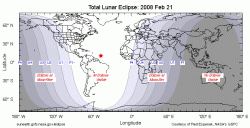 For viewer on Eastern Standard Time the eclipse will enter the partial phase on February 20 at 08:43 pm; for Central Standard Time, 07:43 pm; for Mountain Standard Time, 06:43 pm; and Pacific Standard Time at 05:43 pm – before sunset. For viewers in Europe and Africa, the action begins at the beginning of a new day – on February 21 at 01:43 am GMT. (Sorry, to the good folks down under and in the Far East… no eclipse will be visible.) Totality will begin at 10:01 pm EAST, 09:01 pm CST, 08:01 pm, MST, 07:01 pm PST, and 03:01 am GMT and end precisely 50 minutes later. Then, you have 1 hour and 18 minutes left as the Moon slowly slides out of the Earth’s shadow once again.
For viewer on Eastern Standard Time the eclipse will enter the partial phase on February 20 at 08:43 pm; for Central Standard Time, 07:43 pm; for Mountain Standard Time, 06:43 pm; and Pacific Standard Time at 05:43 pm – before sunset. For viewers in Europe and Africa, the action begins at the beginning of a new day – on February 21 at 01:43 am GMT. (Sorry, to the good folks down under and in the Far East… no eclipse will be visible.) Totality will begin at 10:01 pm EAST, 09:01 pm CST, 08:01 pm, MST, 07:01 pm PST, and 03:01 am GMT and end precisely 50 minutes later. Then, you have 1 hour and 18 minutes left as the Moon slowly slides out of the Earth’s shadow once again.
For a significant portion of “Universe Today” readers, the entire eclipse will be visible and it’s time to enjoy the last we’ll see for a couple of years. For those experiencing the eclipse as the Moon sets… Don’t despair. You’ll enjoy one of the darkest eclipses you’ll ever see while viewers on the west coast of the Americas will see the eclipse in progress as the Moon rises. Don’t wait until the last minute to prepare your observing area or your cameras. For those with camcorders, you have a great opportunity to video the entire event! Don’t forget that cell phones take great images and even the most common camera can take a great shot of the eclipsed Moon when held to the eyepiece of a telescope. If you’re timing the event, have your notes ready, and most of all… Have a good time!
Wishing all of you clear skies!

